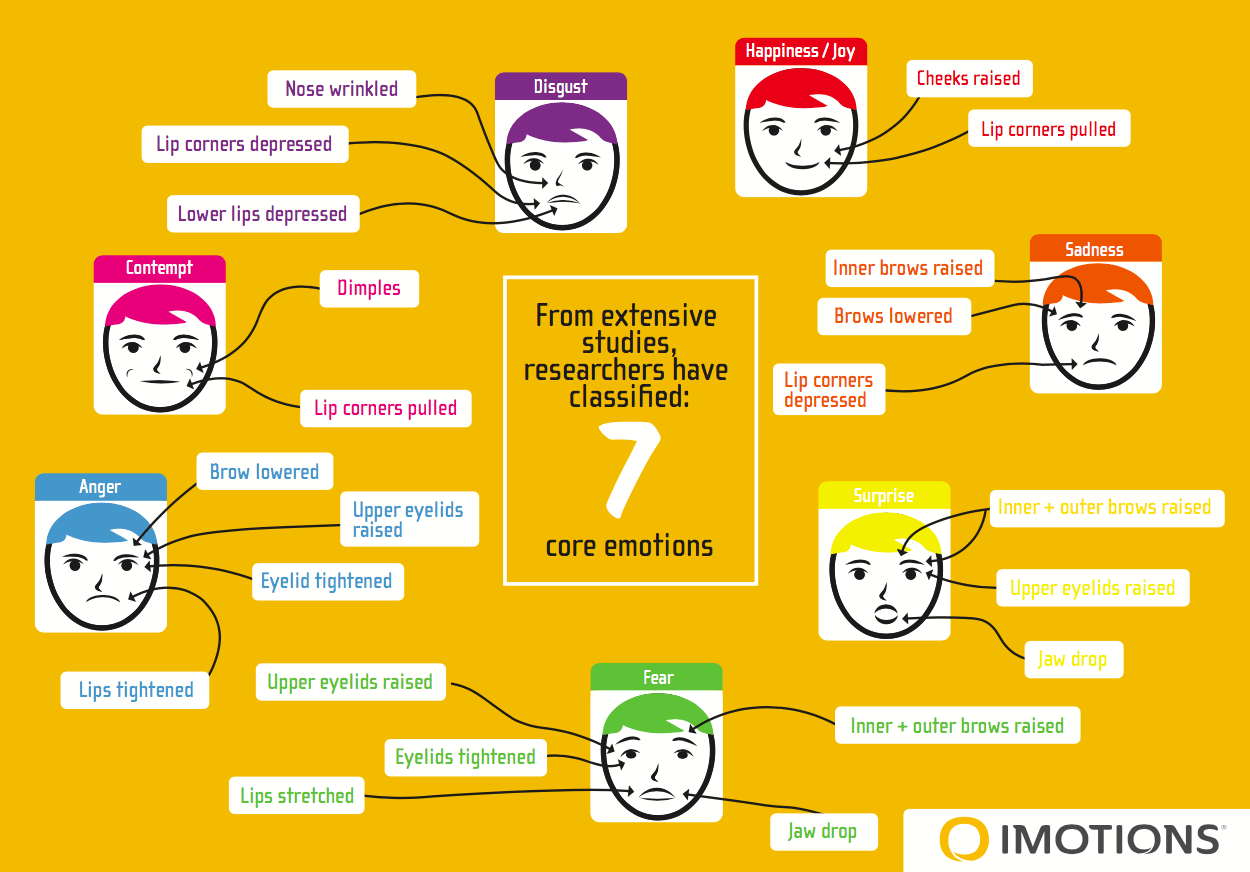Johnmarshall Reeve is one of the authors who has contributed the most in recent decades to the study and knowledge of motivation and emotion; in particular, this teacher believes that emotions have three main functions: adaptive, social and motivational. how each is and how sometimes inhibiting an emotional reaction can be helpful.
Pride, fear, joy, anger or shame are types of emotions that have a triple effect on people, on the one hand they generate subjective consequences that we express in the form of feelings or emotional states, on the other hand, physiological effects that refer to the changes that these experiences cause in our cells, tissues, organs or organism in general. Finally, we can talk about emotions as behavioral motivators.
- Preparing the body for action is one of the most important functions of emotions.
- In this sense each of them.
- Whatever its intensity or pleasant tone.
- Has its own usefulness.
Thanks to the adaptability they offer us, we can take action effectively, this allows us to mobilize and use enough energy to approach or move away from the goal or purpose we have, for example, the emotions we feel when we see someone close to us. crying brings us closer and we’re interested in what’s happening to them.
This relevance of emotions as an adaptive mechanism has already been emphasized by Charles Darwin himself, who regarded emotions as facilitators of appropriate behaviors. In particular, the adaptive functions of each of the primary emotions (according to Paul Ekman) are:
“Am I ashamed?”, “Does this make me apprehensive?” Emotions communicate our emotional states and express our state of mind. In addition, they facilitate social interactions and help the rest of the people around us to predict our behavior; like us, that of others, so its value in relation to interpersonal relationships is indisputable.
Sometimes emotions are difficult to define verbally. Therefore, we must bear in mind that not only can we verbally express what we feel, if we want to know what mood someone is in, sometimes it is better to observe, the body posture we adopt or our facial expression are, on many occasions, much more informative than a “I am sad”.
“Almost everyone thinks they know what an emotion is, until they try to define it. At the moment, hardly anyone claims to understand it? . – Wenger, Jones and Jones-
However, the lack of communication or inhibition of emotions can, in some way, and only in rare cases, exercise a social function, specifically in situations in which to hide, not show certain reactions, guarantees us to keep the friendship with another person alive. in other words, when “the drug is worse than the disease. “
In general, emotional inhibition generates misunderstandings and an additional physiological burden, this in addition to being preventable can be very harmful, on the contrary, being able to express feelings and bring emotional experiences in a controlled way is very healthy and beneficial. It also strengthens the social support network.
The strong social contagion of emotions may be one of the reasons why positive people seem to be more attractive than negative ones, we are all genetically predisposed to get carried away by this emotional contagion, but there are people with greater capacity for both transmission and uptake. Emotions.
Finally, motivation is another function of emotions that is considered more relevant. The relationship between motivation and emotion is two-way, as both constantly feed on each other.
On the one hand, any motivated behavior produces an emotional reaction, on the other hand, emotions are the fuel of motivation, determine the appearance of such behaviors, to a greater or lesser extent, and guide you in one sense or the other. .
For example, if we feel joy and have fun having coffee with someone else, we will be more motivated to see them next time, on the other hand, a bad experience with them will cause a negative feeling that will make us think twice before going. go out with her again.
Emotions are the first motivating system of human behavior and play a fundamental role in the dynamization of motivated behaviors, as well as in the processes of perception, reasoning and motivating action.
We already know what are the main functions of emotions, so we can be more aware of the physiological changes we suffer throughout the day How many emotions can we have in 24 hours?Now imagine the number of cellular changes that occur as a result of our emotions!

